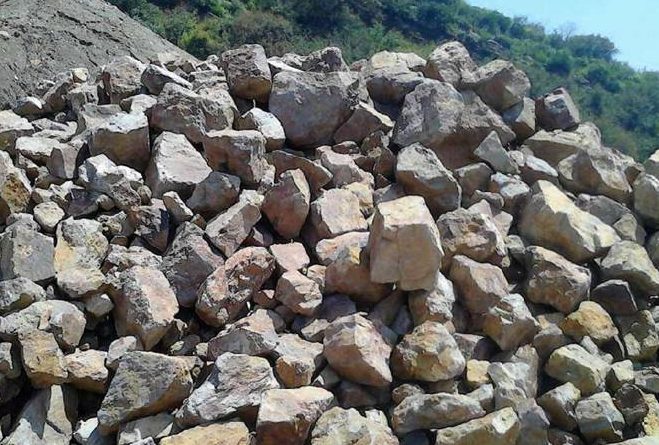
Bauxite refers to the ore that can be used in industry, and is collectively referred to as the ore composed of gibbsite and monohydrate as the main minerals. Bauxite is the best raw material for the production of metallic aluminum, and its consumption accounts for more than 90% of the world’s total bauxite output. The application fields of bauxite are metal and non-metal. Although the amount of non-metal is small, it has a wide range of uses. Bauxite is used in chemical industry, metallurgy, ceramics, refractory materials, abrasives, adsorbents, light industry, building materials, military industry, etc.
Ore properties and mineral structure
Bauxite is a mixture of multiple minerals (hydroxides, clay minerals, oxides, etc.) with aluminum hydroxide as the main component. It is also called “bauxite” and usually includes gibbsite. , Diaspore, boehmite, hematite, kaolin, opal, quartz, feldspar, pyrite and many other minerals, the chemical composition of which is mainly AI2O3, SiO2, Fe2O3, TiO2, secondary The ingredients include CaO, MgO, K2O, Na2O, S, MnO2 and organic matter, etc., in white, gray, gray-yellow, yellow-green, red, brown, etc.
Beneficiation and purification
Some raw ore mined from bauxite can meet the requirements of the application. Conventional bauxite determines the beneficiation process based on the nature of the associated impurity minerals. At the same time, the impurities associated with aluminum-containing minerals in some bauxites are difficult to remove mechanically or physically.
01
Beneficiation classification
The granular quartz sand and powdered bauxite can be separated by washing, sieving or grading methods to improve the quality. It is suitable for boehmite with high silicon content.
02
Gravity beneficiation
The use of heavy medium beneficiation can separate the iron-containing red clay in the bauxite, and the spiral concentrator can remove siderite and other heavy minerals.
03
Magnetic separation
The use of weak magnetic separation can remove the magnetic iron in the bauxite, and the use of strong magnetic separation equipment such as plate magnetic separator, vertical ring high gradient magnetic separator, electromagnetic slurry magnetic separator can remove iron oxide, titanium and iron silicate, etc. The selection of weak magnetic materials can increase the aluminum content while reducing the cost of alumina production and processing.
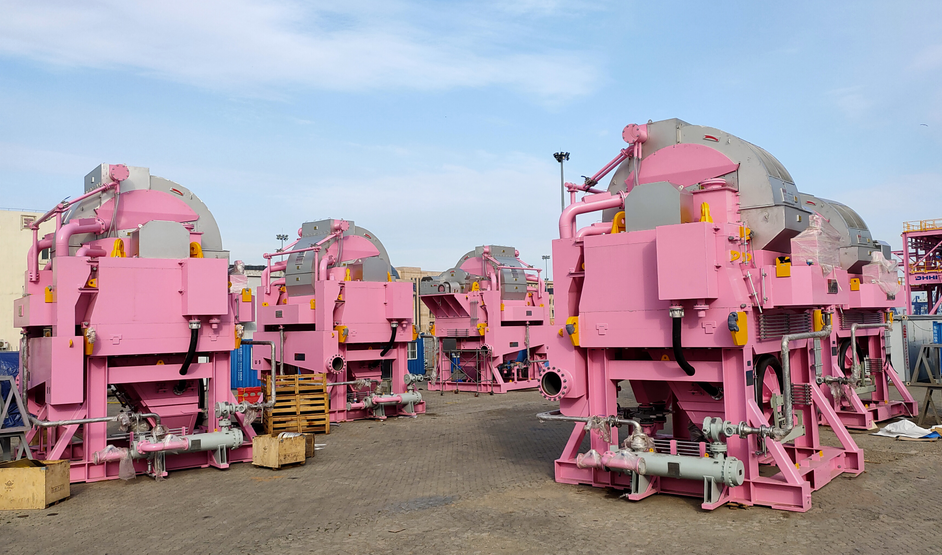
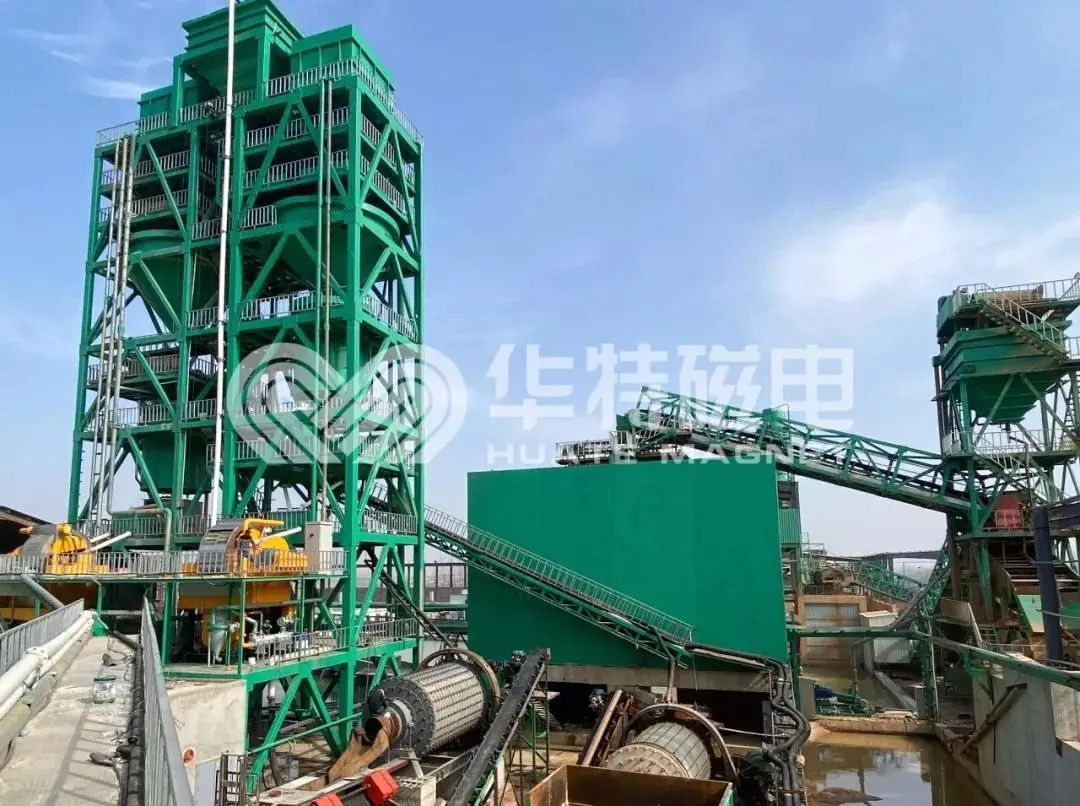
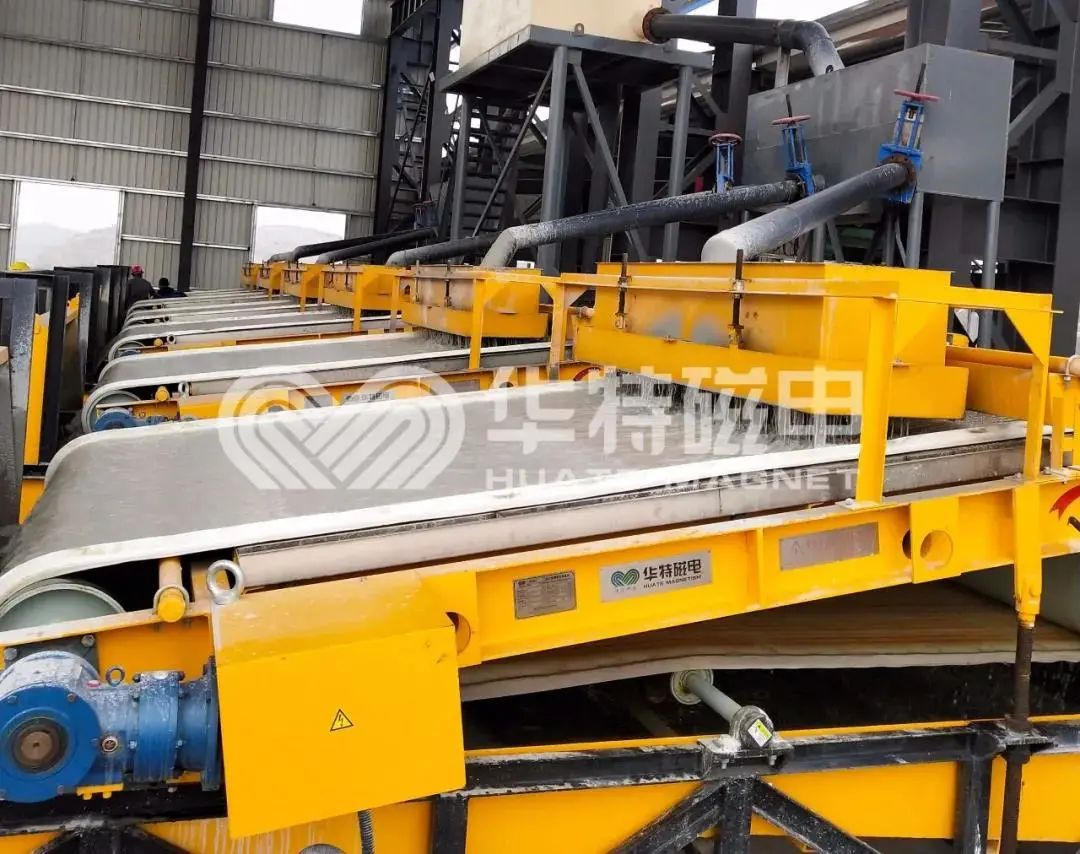
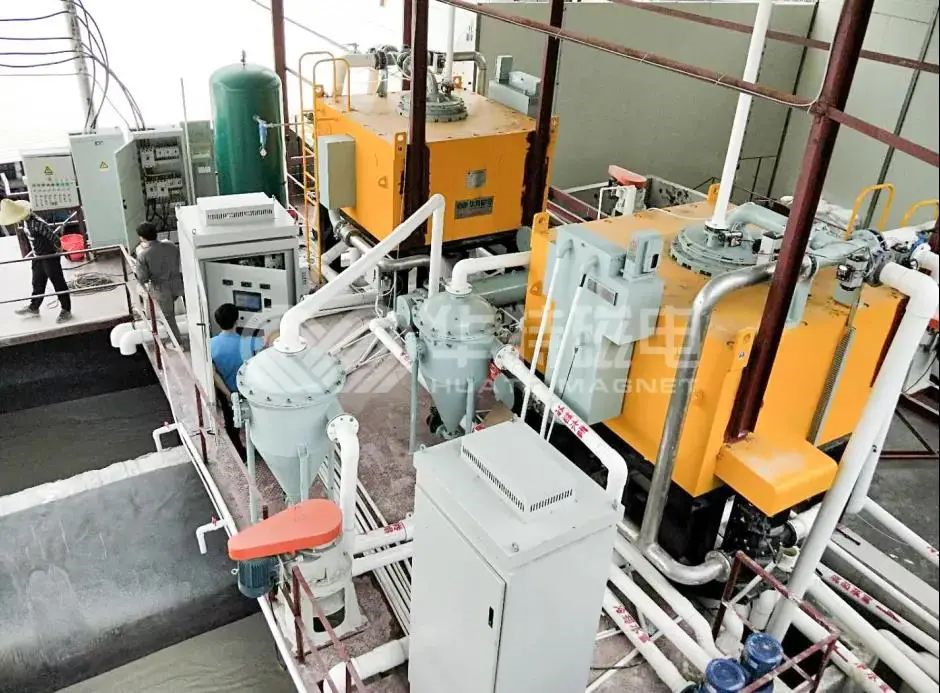
04
Flotation
For sulfides such as pyrite contained in bauxite, xanthate flotation can be used to remove; positive and reverse flotation can also be used to remove impurities such as pyrite, titanium, silicon, or select AI2O3 content up to 73% Of high-purity bauxite.
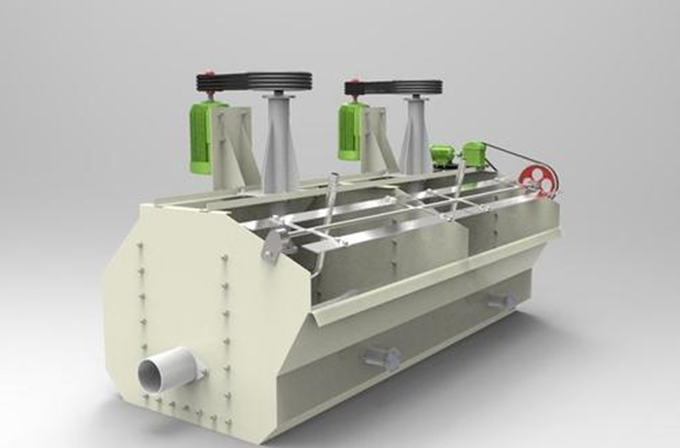
Producing alumina
The Bayer process is mainly used to produce alumina from bauxite. This process is simple, energy consumption and cost are low, and the product quality is good. ). For bauxite with a low ratio of aluminum to silicon, the soda lime sintering method is adopted, and the Bayer method and the soda lime sintering method can also be used in a combined production process.
Production of aluminum salt
With bauxite, aluminum sulfate can be produced by the sulfuric acid method, and polyaluminum chloride can be produced by the high-temperature hydrochloric acid precipitation method.
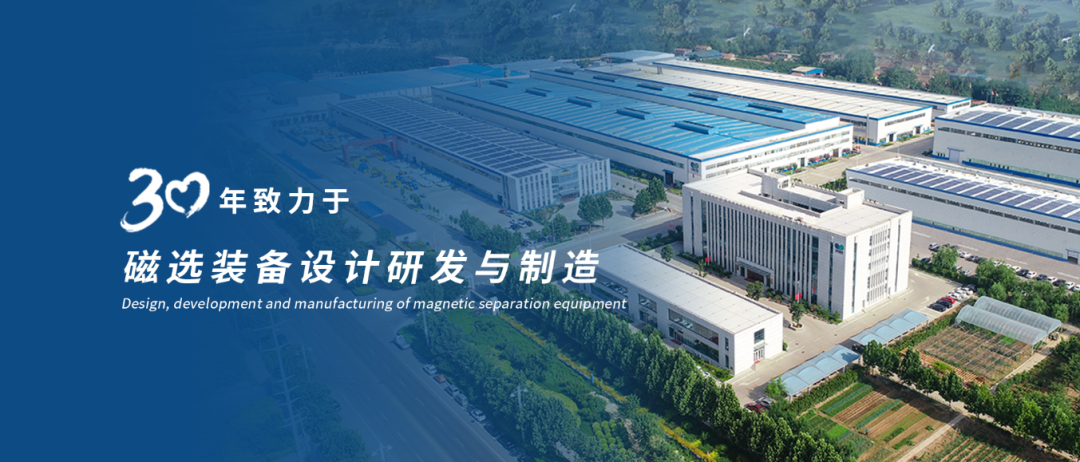
Technical Service Scope of Huate Beneficiation Engineering Design Institute
①Analysis of common elements and detection of metallic materials.
②The impurity removal and purification of non-metallic minerals, such as English, Chinese, sliding, fluorescent, Gaoling, aluminum ore, leaf wax, heavy crystal and other non-metallic minerals.
③The beneficiation of iron, titanium, manganese, chromium, vanadium and other non-ferrous minerals.
④The beneficiation of weakly magnetic minerals such as tungsten ore, tantalum niobium ore, durian, electric, and cloud.
⑤ Comprehensive utilization of secondary resources such as various tailings and smelting slag.
⑥The combined beneficiation of colored minerals, magnetic, heavy, and flotation.
⑦ Intelligent sensor sorting of non-metal and non-metal minerals.
⑧ Semi-industrial re-election test.
⑨ Superfine powder addition such as material crushing, ball milling and grading.
⑩EPC turnkey processes such as crushing, pre-selection, ore grinding, magnetic (heavy, flotation) separation, arranging, etc. for ore selection.
Post time: Dec-20-2021
